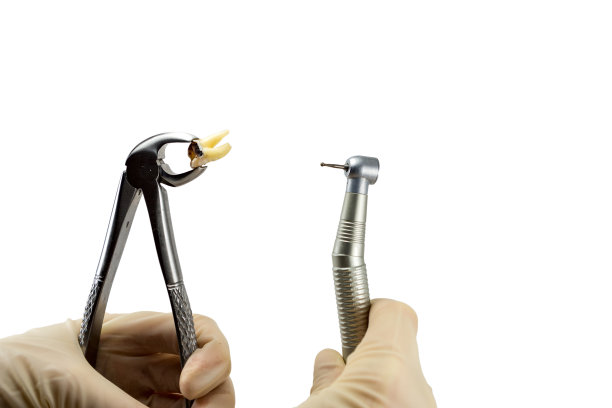Essential Safety Measures and Considerations for a Successful Dental Filling Procedure to Ensure Optimal Oral Health
Summary: This article delves into the essential safety measures and considerations for a successful dental filling procedure, vital for maintaining optimal oral health. It highlights the importance of patient assessment, preparation of both the patient and dental environment, the procedure itself, and the necessary aftercare. By understanding and adhering to these aspects, patients can improve their overall dental experiences and ensure their treatments are effective. The article emphasizes that a blend of thorough preparation, skilled execution, and attentive follow-up care plays a crucial role in the success of dental fillings, ultimately contributing to lasting oral health.
1. Importance of Patient Assessment

Before any dental procedure, especially fillings, patient assessment is fundamental. A thorough evaluation of the patients dental history, current health status, and any allergies is essential. This information guides the dentists judgment on the best filling materials and techniques to use. For instance, patients with allergies to certain substances might require alternative materials to avoid complications.
Moreover, assessing the severity of the decay or damage is crucial. Dentists often perform X-rays to get a clearer picture of the affected tooths condition. Understanding the extent of the damage allows for a more accurate treatment plan, protecting not only the tooth in question but also surrounding dental structures.
Lastly, communication with the patient plays a key role during the assessment phase. Dentists should clarify the procedure, address any concerns, and ensure the patients comfort. This builds trust and encourages patient cooperation, which is vital for a successful outcome.
2. Preparation of Patient and Environment
The success of a dental filling procedure greatly depends on meticulous preparation. For the patient, ensuring they are well-informed about the process helps alleviate anxiety. Dentists should provide detailed instructions on what to expect before, during, and after the procedure. This empowers patients to be active participants in their care.
Additionally, ensuring that the dental environment is clean and sterile is non-negotiable. A properly sanitized treatment area minimizes the risk of infection. Dental practitioners must adhere to strict infection control protocols, such as using gloves, masks, and sterilizing instruments, which further assures patient safety.
Moreover, the correct tools and materials should be readily available during the procedure. This involves preparing filling materials in advance and ensuring that all necessary dental instruments are organized and functional. Efficiency in the preparation process directly affects the length and comfort of the treatment.
3. Execution of the Filling Procedure
During the actual filling procedure, precision is key. The dentist should skillfully remove any decayed material and shape the cavity appropriately to ensure proper adhesion of the filling material. Depending on the technique used, whether composite, amalgam, or resin, the dentists expertise will determine the longevity and effectiveness of the filling.
Managing patient comfort during the procedure is also paramount. Dentists typically use local anesthesia to numb the area, minimizing discomfort. Its important for the practitioner to periodically check with the patient about their comfort level, making adjustments as necessary. This attentiveness fosters a positive experience and can alleviate anxiety during treatment.
Finally, once the filling is placed, the dentist should check the bite to ensure the filling aligns appropriately with the surrounding teeth. Properly finishing and polishing the filling surface guarantees a smooth feel and prevents any issues with chewing or teeth alignment post-procedure.
4. Importance of Aftercare and Follow-Up
Aftercare instructions are critical for the long-term success of a dental filling. Dentists should inform patients about post-treatment care, which may include avoiding certain foods, maintaining oral hygiene practices, and being mindful of any unusual sensations. Proper aftercare helps prevent complications and ensures the filling lasts longer.
Regular follow-up appointments are essential to monitor the filling and overall dental health. During these visits, the dentist can check for any signs of wear, decay around the filling, or discomfort that might arise. Early detection of issues can significantly reduce the need for further invasive procedures in the future.
Moreover, educating patients on the importance of maintaining good oral hygiene can prevent further decay and prolong the life of the filling. Discussing techniques such as brushing, flossing, and regular dental check-ups fosters a proactive approach to oral health.
Summary: In conclusion, the success of a dental filling procedure hinges on careful planning, execution, and follow-up care. By prioritizing patient assessment, rigging the environment for safety, and emphasizing aftercare, both dentists and patients can foster positive outcomes in dental health. It ensures that fillings serve their purpose effectively, leading to better oral health overall.
This article is compiled by Vickong Dental and the content is for reference only.



